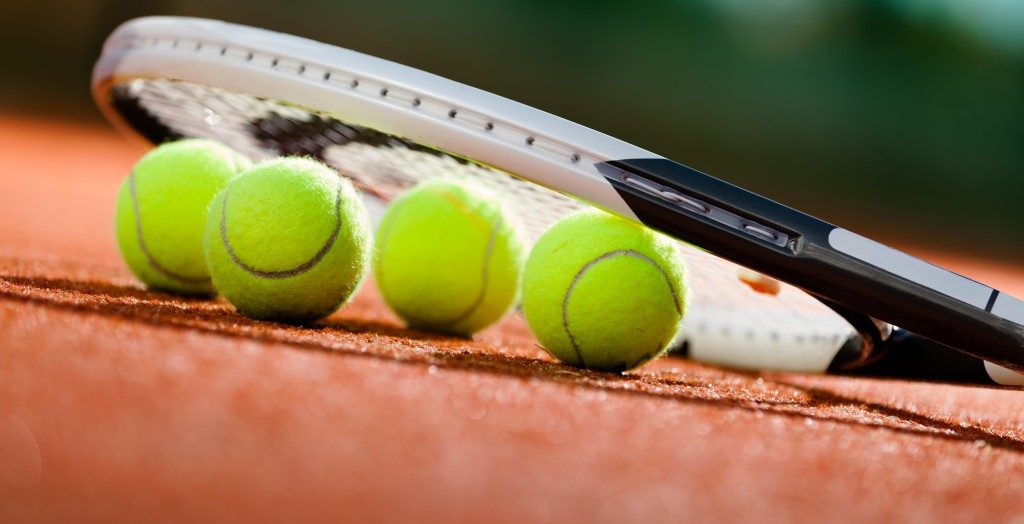You’ve been an avid fan of Jeremy Lin since his early New York Knicks days and now you’re debating whether to get that signed jersey you saw on eBay. It’s at an unbelievable price, but you’re wondering about the authenticity of the autograph. Rule number one in purchasing athlete-signed items: if it seems too good to be true, it probably is.
But how do you tell the real from the fake?
Rare finds may be fake finds
When you come across a rare item, especially if it’s for a reasonable price, you may want to think twice about buying it. For example, there are a lot of athletes, like Tom Brady, who don’t do a lot of autograph signing. So if you find a football with his signature for sale at a relatively low price, it’s wise to assume that it’s not authentic.
Extremely popular athletes, like Michael Jordan and Christiano Ronaldo, also maintain tight control on their autograph signing. Typically, they only sign during events that their managers or handlers authorize. The items they sign will likely have a stamp from the company that holds rights to their signatures.
Your best bet is to buy memorabilia from official autograph signing events. Usually, sports speakers bureaus and booking agencies have connections with your favorite players, so keep an eye out for major conventions, talks, fan days, and other events where they are personally selling autographed collectibles.
Sketchy signatures
Another way to confirm the authenticity of the signed memorabilia is to examine the signature itself. There are various ways to fake a signature, so as much as possible, don’t buy collectibles online unless it’s from the athlete or sports team’s official site. This way, you can inspect the autograph in person and not just from a photo.
One of the most common methods of faking an autograph is pre-printing. Most of the signed photos and posters sold online are pre-printed. To spot counterfeits like this, hold the photo against a light. If the signature lights up the same way as the rest of the photo, it means it’s printed along with the picture. Of course, authentic autographs are signed after photo production.
Another popular way of replicating signatures is by forging. This is trickier to spot, especially if done by an “expert forger.” But generally, forged autographs have slower, hesitant strokes compared to real ones, which appear more fluid.
Nothing beats authentic
Anything of real value sold in the market comes with a Certificate of Authenticity. To make sure you won’t get scammed, purchase only authenticated collectibles. Some of the most recognized autograph authentication companies are Professional Sports Authenticator, James Spence Authentication, and Autograph Certification Experts.
These companies use specialized tools and perform a thorough autograph authentication process, which includes ink/medium analysis, side-by-side comparison, and structural analysis.
Research, research, research

Since you’re investing in a high-value item, it’s a wise idea to research before making your purchase, especially about the seller. Make sure you’re making deals only with reputable sports dealers who have a solid reputation.
Once you’ve done thorough research and found a reputable dealer, it’s a good idea to have your collectibles appraised. This will help in case of damage, theft, loss, or any instance when you will need to file an insurance claim.
Knowing the authenticity of your memorabilia will give you peace of mind. Sports merchandise are often valued sentimentally, but they’re also an investment, so be discerning about purchasing and maintaining your collectibles in mint condition.






